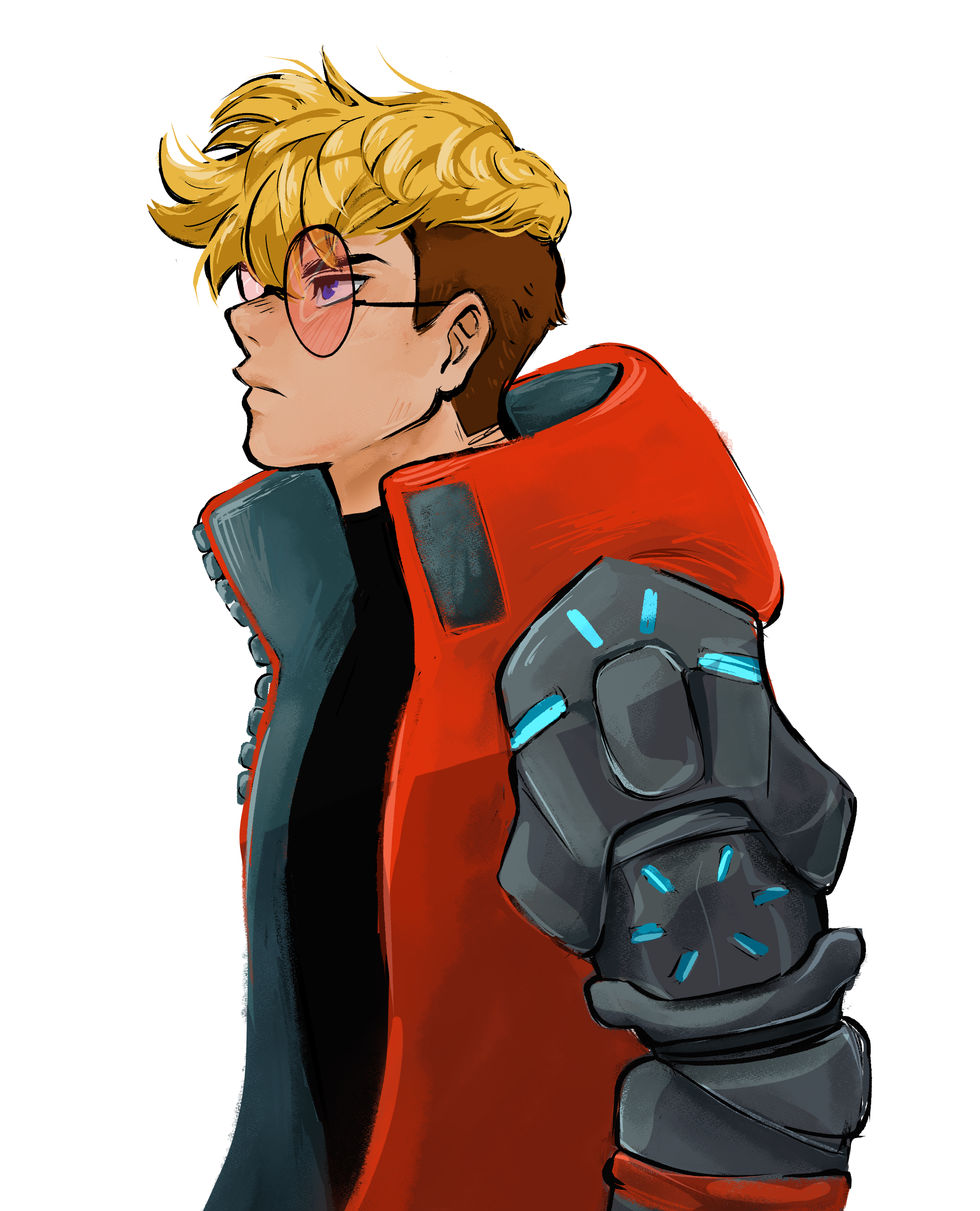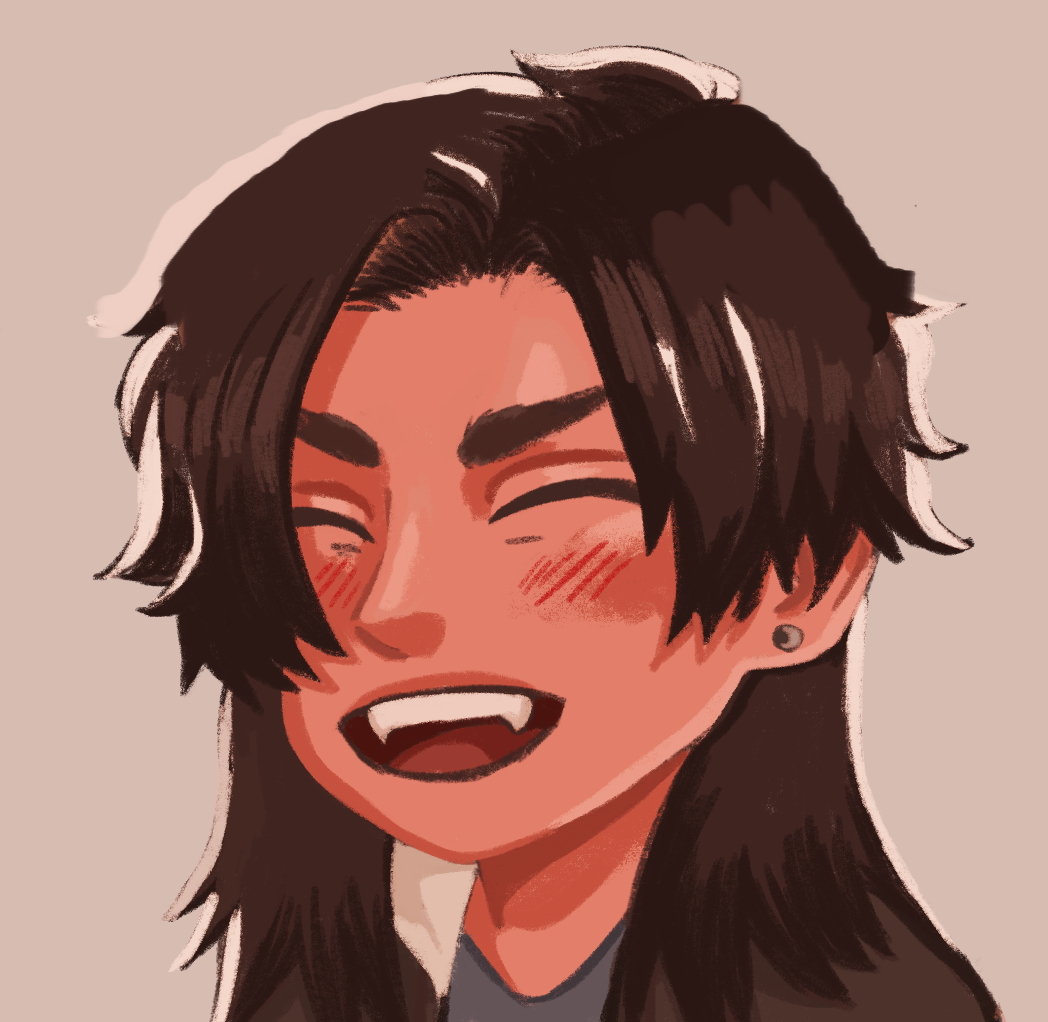
Finding Trans Representation in Trigun Stampede
Trans representation can be pretty hard to find, even in the modern era. A lot of it has historically been either caricatured or outright bigoted, as seen in movies like “Dressed to Kill” or “Ace Ventura: Pet Detective” which treat trans people as both a threat and a punchline. Even when it is presented in a positive light, it can be bland, uninteresting, or easily skippable. To paint a picture, if you google “best trans characters in video games”, a not insignificant amount of ranked lists include “sex workers from ‘GTA: V’” as like, number eleven, so we’re working with a pretty small pool here. However, that isn’t to say that trans representation is impossible to find, sometimes you just have to dig for it in the desert sands of a series like “Trigun”.
“Trigun Stampede” is a reboot/prologue to a Japanese space western manga named “Trigun”, which began serialization in 1995. The central conflict centers on two aliens of a species known as “plants”. These two characters, Vash the Stampede and Millions Knives, fundamentally disagree about the goodness of humans, with Vash believing humans are inherently good, if misguided, and Knives believing that humans exploit plants for their own gain and that they will never change. You might not hear ‘sci-fi space western about plant aliens and the inherent nature of humanity’ and connect it with the thought that ‘I bet that’s a wonderful vehicle for exploring the trans experience and gender expression’, but I’m here to tell you that it absolutely is.
I want to center the focus on Vash and Knives, the main two characters of “Trigun Stampede”. They’re twin brothers, which makes both their similarities and differences interesting to explore from a trans-analytical lens, but also how their place in the story — with Vash as protagonist and Knives as antagonist — changes how the subtext influences their narrative. These trans-subtextual elements are relevant to the plot and narrative of “Stampede” as a whole, rather than just being tacked on for aesthetic’s sake. A lot of the time, it seems like an easy fix for writers to just write in a trans or vaguely trans character, while ensuring they have as little to do with the plot as possible. A character like Krem from “Dragon Age: Inquisition” is a great example of being a mostly unimportant character outside of having one scene to explain what being transgender is. Krem is not an inherently bad character, however, he is not a central character to the plot until it comes time to explain his gender to the audience. “Stampede” does not start with Vash saying “Sup guys, I’m here to be trans and shoot a cool gun,” but that doesn’t mean the trans narrative is absent altogether.
For reference on how obvious a lot of this evidence is, Vash and Knives are the only masculine-presenting individuals from a race that is made up entirely of female and feminine-presenting plants, which is so overt that I’m hesitant to even label it “subtext”.
Starting with Vash, the director of “Trigun Stampede”, Kenji Muto, has been surprisingly open to many different interpretations of Vash’s gender identity. He’s liked art on Twitter of Vash dressed in the nonbinary flag, and retweeted similar kinds of art that celebrate Vash’s gender. If you want a good way to spend an hour, scroll through Kenji Muto’s Twitter likes and let the good trans vibes wash over you. One of the show’s head writers has even stated that Vash represents both a stereotypically male and female place in the story, as he’s the hero, but he is also there to be “gazed upon and desired”, as compared to the women present in “Stampede” who are not framed in this way. Even beyond external validation from showrunners, Vash’s fluid gender is most explicitly shown in a scene from episode eleven, where he effectively gives birth to a bunch of other plants as a result of Knives’s plan. A series of thousands of inactive plants are awakened after Vash connects with them through a stem-like aperture, and within the scene, the moment is referred to as a birth. This places Vash into a more typically feminine role, but the show does not refer to him as a mother. He is still very much a man, yet he is giving birth to many other plants. Vash’s mix of feminine and masculine characteristics makes him one of the most obvious examples of transness and gender exploration within the story.
Moving onto Knives, he has had less stated externally by showrunners about his gender, but the subtext with Knives is incredibly apparent. On a physical level — if you’ll forgive my being crude — Knives is very noticeably “smooth like a Ken doll” whenever his body’s form is visible. Despite being a lot more stereotypically masculine than Vash, as Knives is extremely muscular and has a very deep voice, there are still physical indications that imply gender ambiguity. Vash and Knives are the only male-presenting people amongst an entire alien race of female plants, and Knives being more masculine does not diminish that fact. I argue that it bolsters it, as plenty of transmasculine people identify with this somewhat traditional vision of masculine identity.
One of the most classic ways that trans people are able to connect with characters in media is when characters go through some sort of physical transformation into something different. A classic example of this is Grell from “Black Butler”, who first appears in that show as a male butler, before going through a transformation that reveals that she is a woman. Her hair grows incredibly long, and her face becomes slightly more feminine with longer eyelashes and thinner eyebrows. The audience comes to understand that this transformation is the “true self”. Usually, the transformation is understood as some kind of “metamorphosis” of the body, which is something that both Vash and Knives go through in the final episode of Trigun, both of them sprouting a single wing out of their shoulder blade. Vash’s transformation goes one step further, with much of his appearance changing to align with the ideal self inside of him — the transformed design shares many similarities with Vash’s manga and 1998 anime adaptation designs. There’s a lot of other symbolism present within these changes, but I find that the act of transforming into what Trigun fans will recognize as the “true” Vash design works as a parallel to the trans experience of growing into your ideal self.
You might think the trans subtext within “Trigun Stampede” is a result of it having been released in 2023, however even as far back as 1995, “Trigun” has been playing with gender and trans representation as a way to tell its story. “Trigun” manga fans might have noticed that in the discussion of trans representation, I’ve very noticeably skipped over an obvious example named Elendira the Crimsonnail. In the manga, she’s considered one of the strongest antagonists in the story — and she happens to be trans. As far as her actual representation, the manga is not perfect by many standards, but does a solid job at communicating Elendira’s gender to the audience. There is a humorous moment with Elendira and another main character named Nicholas D. Wolfwood, where Wolfwood says “Blind faith, huh? From a man like you…” When he says this, Elendira looks away and doesn’t respond to the comment. Wolfwood corrects himself after a brief pause, instead saying “Woman like you…” to which Elendira snaps to attention. It’s a little clumsy but still remains a well-intentioned and funny moment that connected with a lot of manga readers.
In “Stampede“, Elendira is represented very differently, as a young child and a clone of Vash and Knives. Many fans of the “Trigun” manga took issue with this, and it’s not without reason — taking the one explicitly trans character from the manga and changing her drastically can be very off putting. A lot of the arguments against Elendira is that her trans identity has been erased by doing this, and that people who watched “Stampede” as their first piece of “Trigun” media would have no idea Elendira was trans, which is a valid argument if we’re talking about explicit text.
If you were to ask my opinion, and by reading this article, you have, I would argue that this change, while not what I would have done if I was writing “Stampede”, does not invalidate Elendira’s identity as a trans woman. Not only can young people be trans and act upon these feelings in their presentation — and it’s important to remember “Stampede” works as a prologue as well — it is worth mentioning that Yasuhiro Nightow, the original writer of “Trigun”, has gone on to say that while Elendira in “Stampede” uses she/her, she is “neither male nor female”. Everyone will have their own interpretation of what that means, but I’d argue that being neither male nor female but choosing to present as a woman regardless does still qualify her as a trans woman. It’s worth noting that the manga does not use the phrase “transgender woman” to refer to Elendira, but the information is still communicated without being explicitly stated.
It can be frustrating to have to dig for subtext in order to find yourself in the media, and it’s an annoyance queer people have had to deal with for decades. Trans stories will always need to be told, especially now more than ever. Even when it becomes difficult to celebrate trans identity and trans narratives, there will always be ways to add subtext to your text, ways for people to identify with characters and their gender without explicit statements. In the world of “Trigun Stampede”, trans people are a part of the world, they’re intrinsically a part of the story, and you can’t write them out without cheapening the story “Trigun Stampede” is trying to tell.

Comments